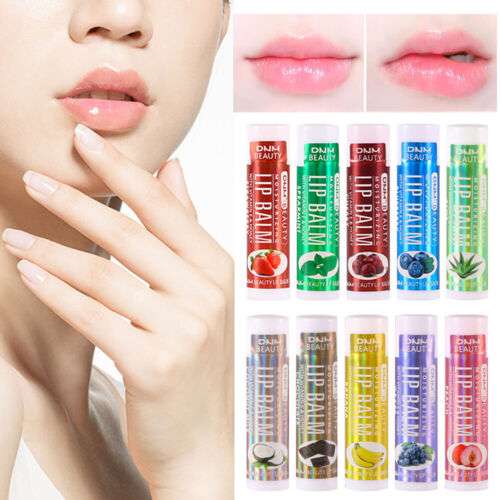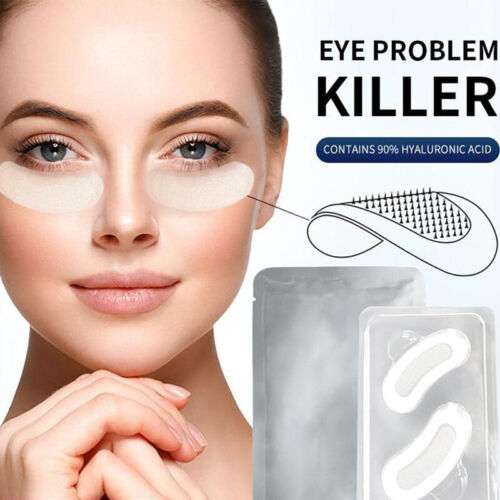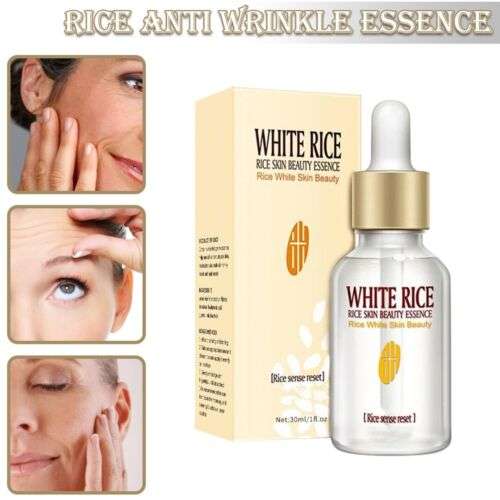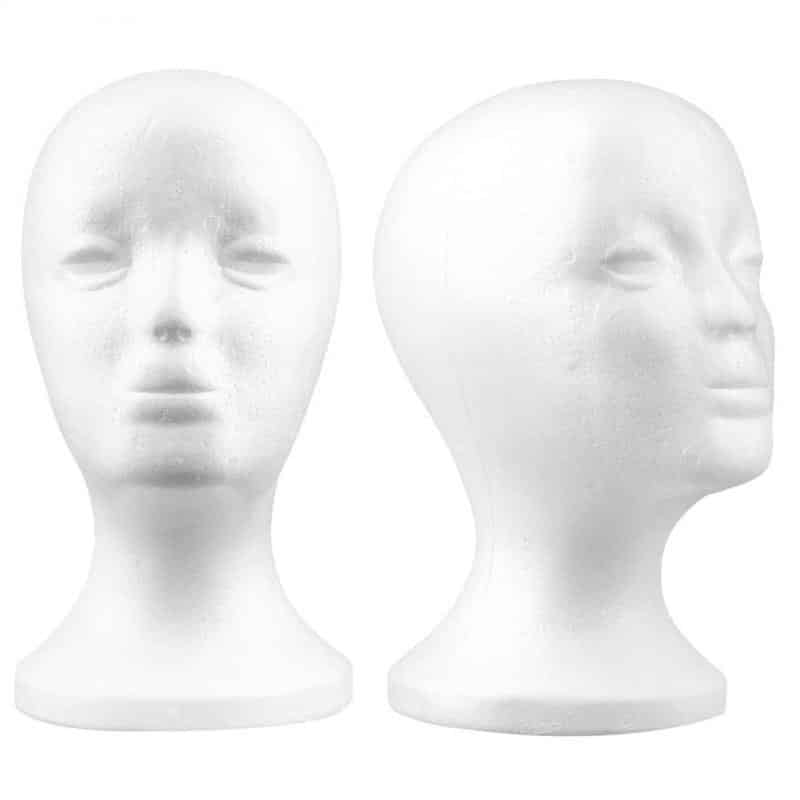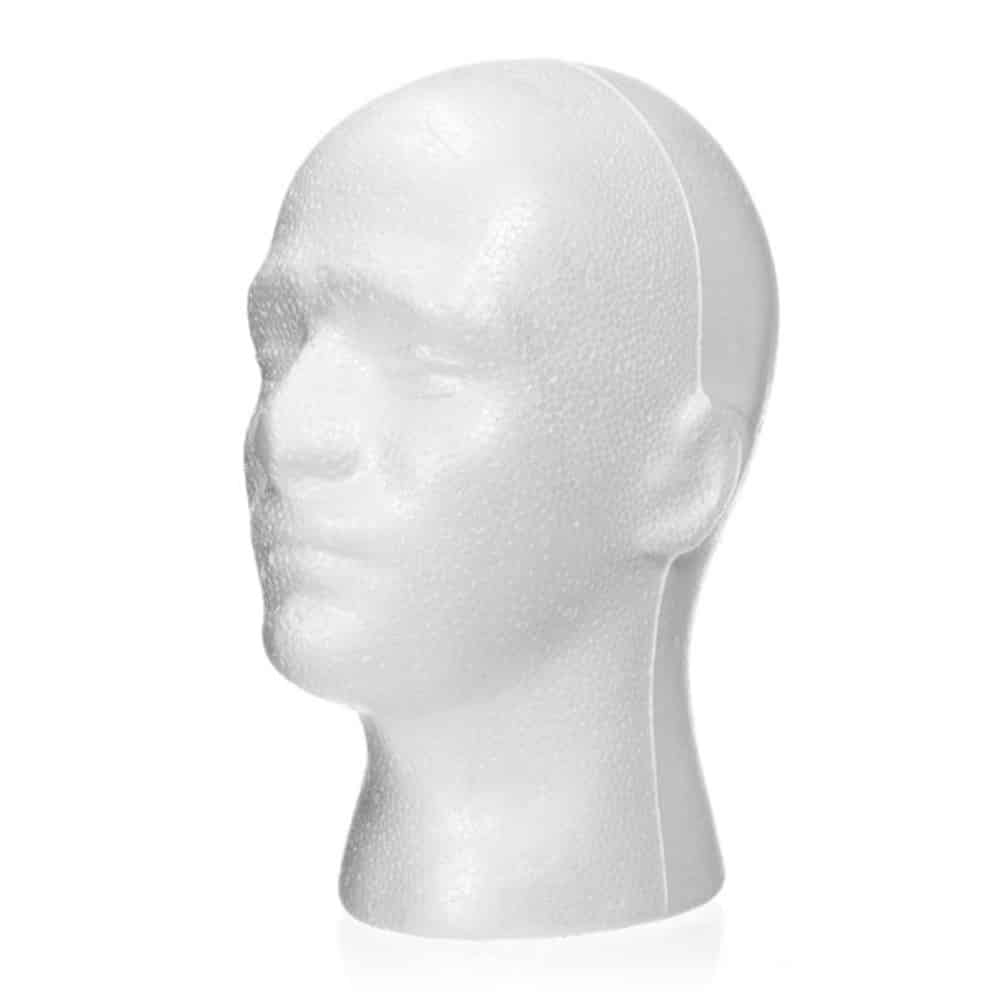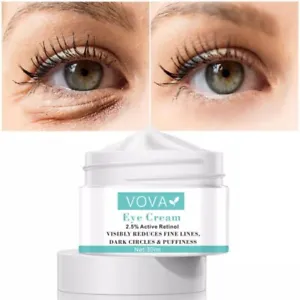




ID: 750799
SKU: ce8e0557c8d0
Category: Anti-wrinkle
Tags: 30days
Unveiling Ageless Beauty: Retinol Face Cream and Eye Lifting Serum for Wrinkle-Defiance and Hydration
About this item:
– Improve wrinkles and fine lines. – Anti-aging and moisturizing. – Improve skin elasticity and firmness. – Increase skin cell turnover. – Available in a variety of sizes and strengths. – Contains retinol, a powerful antioxidant that helps to reduce the signs of aging. – Dermatologist tested and approved.
₹1116
On preorder
Delivered in 30-60 days
On Pre-Order
Guaranteed Secure
- Guaranteed delivery
- Fast shipping
- PAN India shipping
- 100% Secure payment
- Regular orders dispatch in 48 Hours
- Pre-orders dispatch in 30-45 days
- Returns accepted
- Fast refund process
- 24/7 customer support

